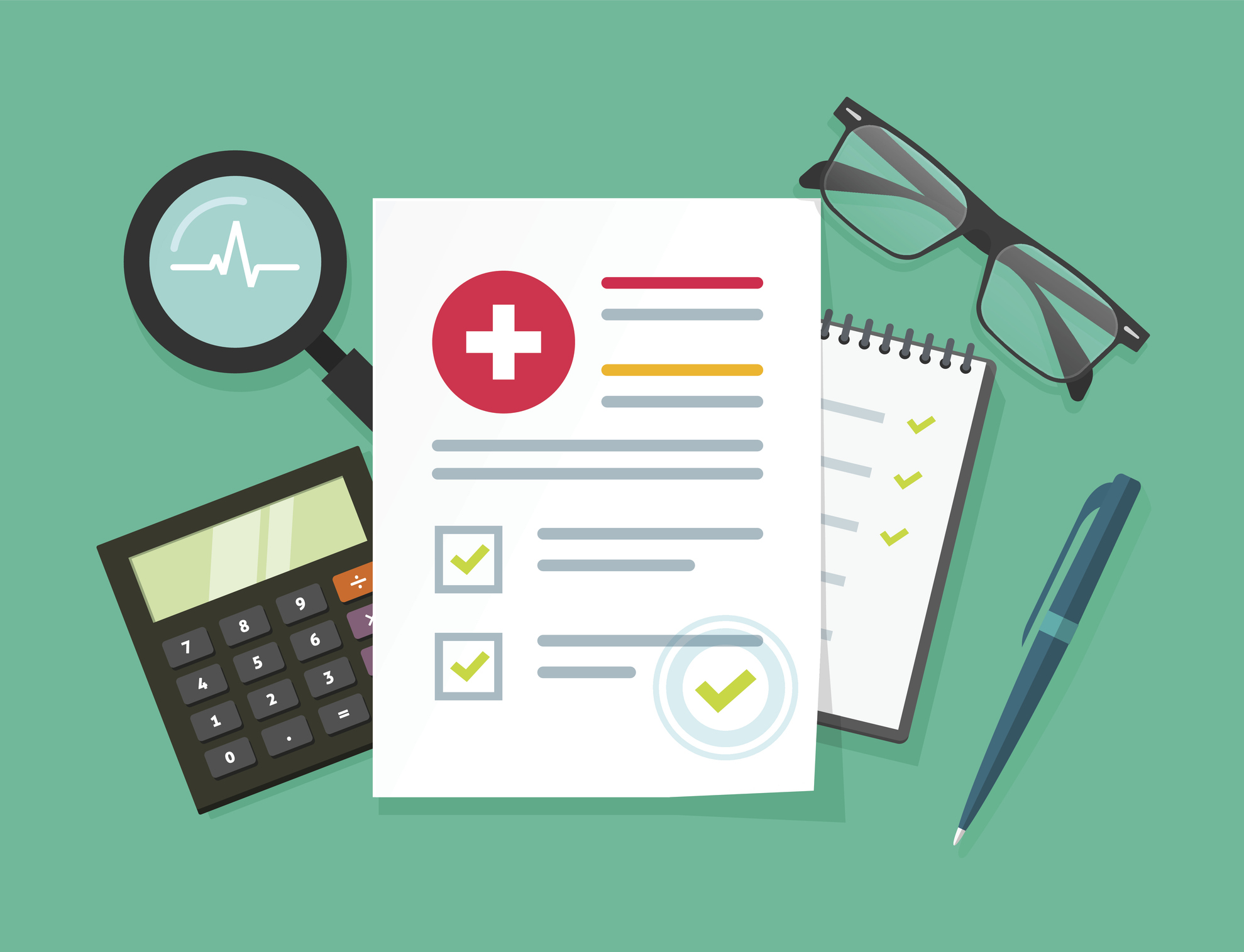Behavioral Health Red Flags: What to Watch for to Keep Home Healthcare Workers Safe
As workplace violence continues to drive healthcare workers out of the industry, protecting home healthcare staff has never been more urgent. Identifying behavioral health warning signs early can be a critical step in preventing patient-on-clinician violence.
April 21, 2025

Demand for home healthcare services is on the rise, and with an ever-increasing shortage of healthcare staff to support the need, the call to protect these employees is intensifying. Many who choose to leave the industry altogether cite workplace violence as a primary driver. Identifying warning signs of patient-on-clinician violence starts with understanding and addressing behavioral health risks.
“Healthcare employers can start by utilizing standardized assessment tools and questionnaires specifically designed to evaluate risk factors for violence, such as the Historical, Clinical, Risk Management-20 (HCR-20) or the Violence Risk Appraisal Guide (VRAG),” said Alleen Wilson, Senior Risk Control Manager at Safety National. “These guides are both widely used and seen as the gold standard for accurately identifying potential violent offenders.”
Evaluating the following aspects of a patient’s behavioral health can help identify potential risks to staff.
Patient History
- Psychiatric History: Review any past diagnoses of psychiatric conditions, such as bipolar disorder, schizophrenia, or personality disorders, which may predispose the patient to violent behavior.
- Substance Abuse History: Assess for any history of substance abuse or addiction, as this can contribute to violent tendencies.
- Previous Incidents of Violence: Investigate any known history of aggressive behavior, including physical assaults, threats, or episodes of self-harm.
Current Mental and Emotional State
- Mood and Affect: Evaluate the patient’s current emotional state, including signs of agitation, irritability, or extreme mood swings.
- Cognitive Function: Assess cognitive function, including insight and judgment, which can impact the patient’s ability to control impulses.
- Suicidal or Homicidal Ideation: Screen for any current thoughts of self-harm or harm to others.
Social History
- Living Environment: Assess the patient’s home environment for potential stressors, including conflict with family members or roommates.
- Social Support: Evaluate the patient’s social support network, including family dynamics and relationships with friends or caregivers.
Medical History
- Chronic Illness: Consider any chronic illnesses or conditions that may contribute to frustration or aggression (e.g., pain management issues).
- Medications: Review current medications to identify any that may influence behavior, including side effects related to mood or cognition.
Behavioral Indicators
- Non-Verbal Cues: Observe for non-verbal signs of aggression, such as clenched fists, tense posture, or avoidance behaviors.
- Verbal Communication: Note any aggressive language or patterns in the patient’s speech that may indicate hostility or potential for violence.

























